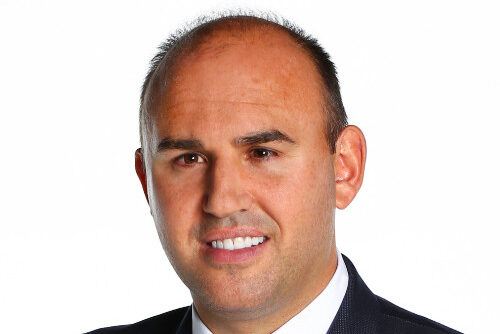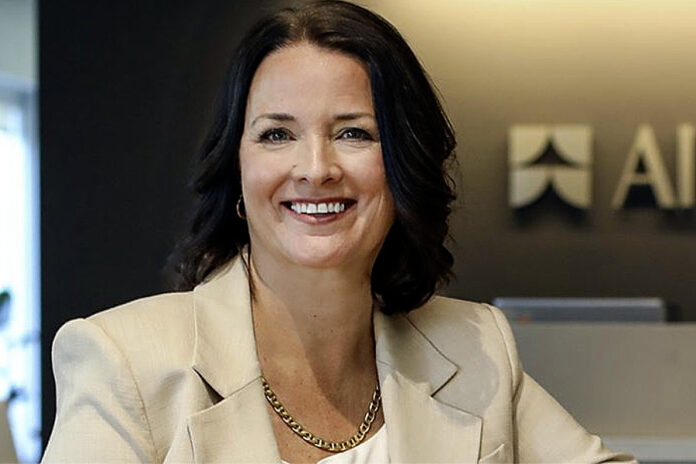Cboe Clear Europe has launched European securities financing transactions (SFT) clearing services for cash equities and ETFs.
SFTs are traditionally carried out bilaterally.
Plans for the service were first announced in June 2023, with ABN AMRO Clearing Bank, Bank of America, Barclays, Citibank, Goldman Sachs and JP Morgan signing on as borrower participants last April. At the same time, BNY Mellon, Citibank and State Street committed to be agent lenders on the platform.
Regulatory approval was secured in November 2024.
The service has been developed in light of regulatory changes including the Central Securities Depositories Regulation (CSDR), Securities Financing Transactions Regulation (SFTR), and Basel Endgame.
In October 2023, the International Securities Lending Association (ISLA) published a paper suggesting that central clearing could be a solution for funds to meet regulatory requirements around Basel Endgame.
“Utilising a central counterparty (CCP) for SFTs requires parties to become members of the CCP, which has both initial costs as well as ongoing fees, although it can reduce the risk weight of the counterparty to 2%,” it said.
“New capital requirements are prompting banks to seek solutions to lower their risk-weighted exposures to borrowers and agent lenders,” observed Jan Treuren, SFT product lead. “Our model meets a demand that has not existed previously.”
Cboe is not the first to explore the potential of central clearing in this space. In 2021, Eurex Clearing closed its European securities lending CCP after eight years of operation. The service covered fixed income, equities and ETFs.
Introducing a central clearing model will improve the capital efficiency of SFTs, Cboe stated, particularly in risk-weighted assets. The company added that the service will facilitate cross-margining savings between cash equities and SFTs, improve settlement efficiency, and improve fee management and corporate action practices.
“While the initial focus is on European cash equities and ETFs, the underlying technology is highly scalable and positions us to expand the service globally and into other asset classes. We’re already thinking about fixed income, other lendable assets and additional client jurisdictions in the next phase,” Treuren said.
The service also offers a ‘special participant’ category, with required value (RQV) models developed on a case-by-case basis. This allows beneficial owners to join the CCP without paying margin or contributing to the default fund.
UCITS and non-UCITS clients are able to become direct members of the CCP, removing the need for agent-lender disclosures to be provided to borrowers, Treuren explained. “This will significantly streamline a previously labour-intensive process,” he asserted.
BNY and JP Morgan act as tri-party collateral agents on the platform, with pre- and post-trade and collateral services firm Pirum transmitting clients’ new trade instructions and post-trade lifecycle events. The latter also acted as a service provider for Eurex’s iteration of the service.
Natixis CIB and JP Morgan were the first to use the service as principal lender and borrower, respectively. Cboe indicated that other market participants, covering banks, asset managers, broker-dealers and agent lenders, are also soon to join the platform.
©Markets Media Europe 2025
TOP OF PAGE











